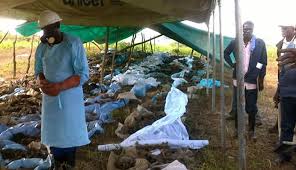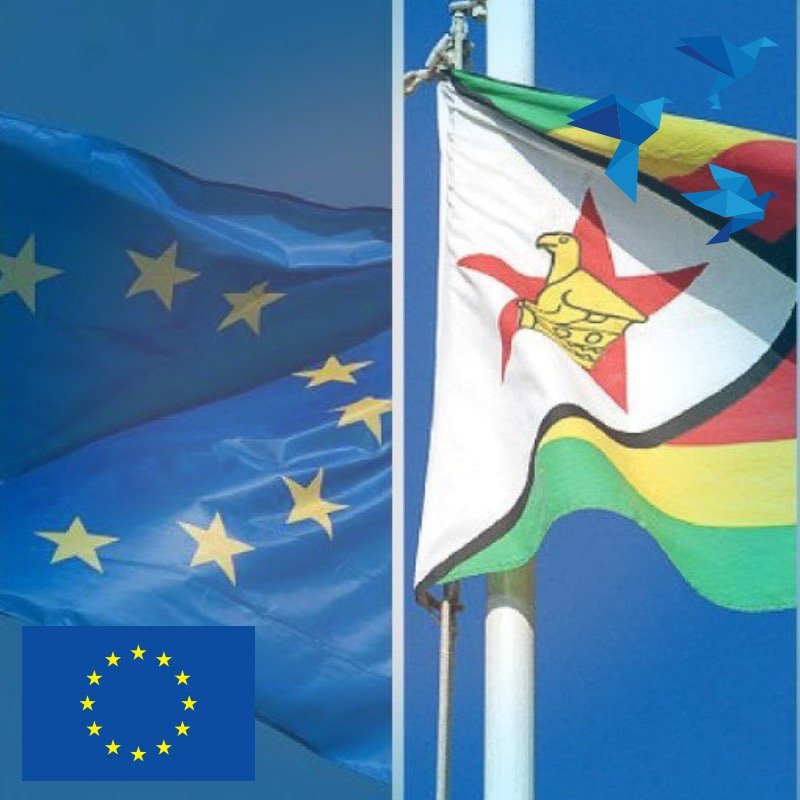114 ex-combatants remains exhumed
Share

(Pungwe News-New Ziana)- The National Museums and Monuments of Zimbabwe (NMMZ) last Saturday exhumed 114 remains of liberation war fighters from a shaft at Ardwell Copper Mine in Odzi for re-burial.
The remains were linked to atrocities committed by Rhodesian soldiers during the war of liberation struggle in 1970s.
Manicaland province, which borders Mozambique, is where the fiercest battles were fought during the liberation struggle.
Some of the exhumed bodies of the freedom fighters were wrapped in plastic, burnt and dumped in disused mine shafts.
The exhumed remains will be interred at Herbert mine where other 87 bodies which were previously exhumed from the shaft were laid to rest.
Plans are underway to construct a memorial site at Hebert Mine.
NMMZ Eastern Regional Director, Paul Mupira, who spent close to two months working under the 28 metre deep mine shaft gathering archaeological evidence, told Pungwe News that his team – which also comprised security services – was excited that they had managed to exhume all the remains that were dumped in the shaft during the liberation struggle.
“What we have established is that what we have gathered are remains of guerrillas and civilians. We are still to determine who among the population were comrades, chimbwidos or civilians,” said Mupira
He said human remains were thrown in the shaft before being set alight.
“We discovered some unexploded explosives during our operation. The Mine was operational in the 1930s as the Odzi Ardwell Mine. It was mined by the Germans but we do not have much information because the files are missing from the Ministry of Mines and Mining Development.”
He added; “We do not even know when it stopped functioning. What we know is that Ardwell Mine in 1996 was acquired by the present owners but they had not gone down to do the actual mining as the claim is 28 km wide.”
“The problem being that the remains are fragmented because these people were thrown 28 metres down a mine shaft. So essentially, it’s difficult to identify the bodies as their clothes were also tattered.”
Mupira said they did not have the capacity to identify the name, sex and age of the victims as they did not know where the bodies came from.
“At the moment, we do not know the identities of the victims in the mine. We are still looking for that information though it is difficult because there are no records from any office,” he said.
In the absence of DNA tests, Mupira said, it is difficult to identify individuals conclusively.
“The Fallen Heroes Trust normally does the identification spiritually,” said Mupira.
He said their research showed that the bodies could have been buried in this mass grave during the peak of the liberation struggle between 1972-1979.
“Many human remains from the liberation war times have remained largely abandoned in mass graves for over three decades and government has decided to accord the departed comrades a decent burial,” said Mupira.
He said government gave the NMMZ the mandate to provide leadership in conducting exhumations and giving decent burial to fallen heroes.
Pungwe News-New Ziana









